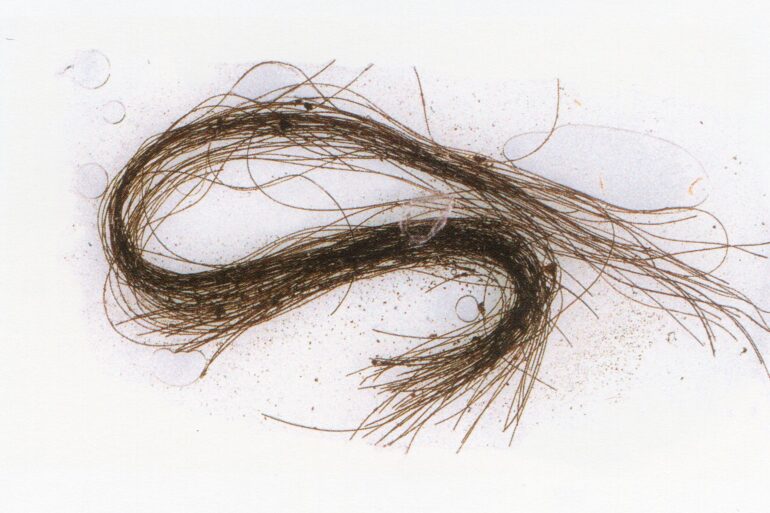An analysis of strands of human hair from a burial site in Menorca, Spain, indicates that ancient human civilizations used hallucinogenic drugs derived from plants, reports a new paper published in Scientific Reports. These findings are the first direct evidence of ancient drug use in Europe, which may have been used as part of ritualistic ceremonies.
Previous evidence of prehistoric drug use in Europe has been based on indirect evidence such as the detection of opium alkaloids in Bronze Age containers, the finding of remains of drug plants in ritualistic contexts, and the appearance of drug plants in artistic depictions.
Elisa Guerra-Doce and colleagues examined strands of hair from the Es Càrritx cave in Menorca, which was first occupied around 3,600 years ago, and contained a chamber used as a funeral space until around 2,800 years ago.
Previous research suggests that about 210 individuals were interred in this chamber. However, strands of hair from only certain individuals were dyed red, placed in wooden and horn containers decorated with concentric circles, and removed to a separate sealed chamber further back in the cave. These hair strands date to approximately 3,000 years ago.
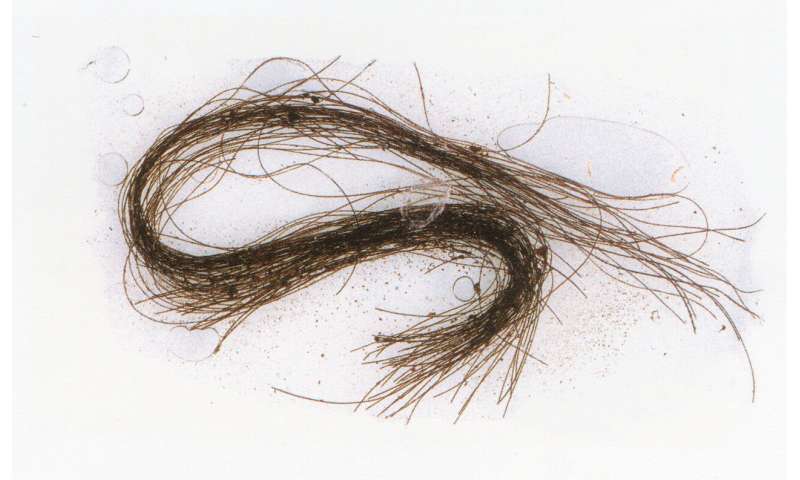
Detail of a hair strand. © ASOME-Universitat Autònoma de Barcelona.
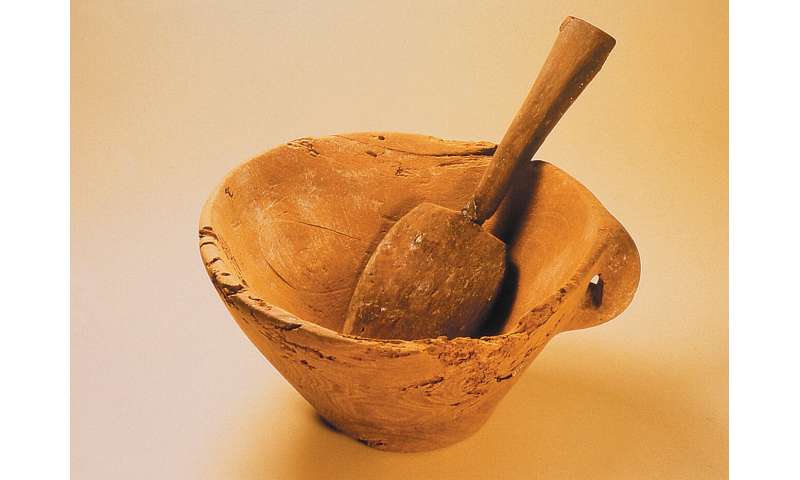
Wooden bowl and spoon found in the hoard with the human hair containers. © Peter Witte, ASOME-Universitat Autònoma de Barcelona.
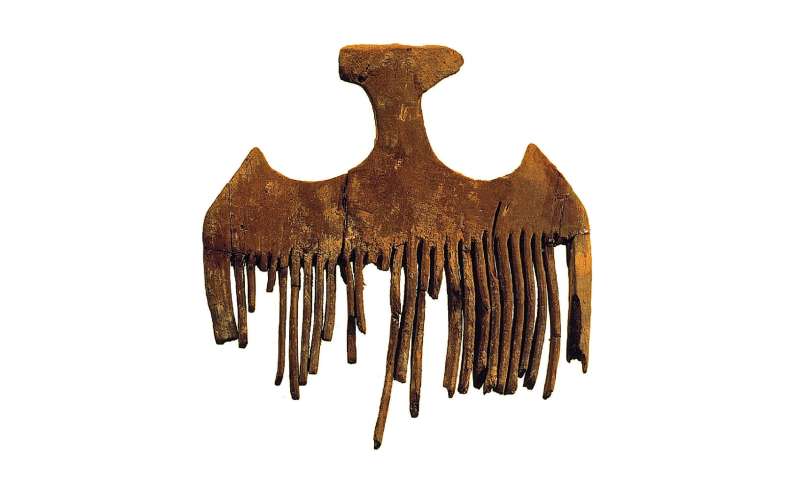
Wooden comb found in the hoard with the human hair containers. © Peter Witte, ASOME-Universitat Autònoma de Barcelona.
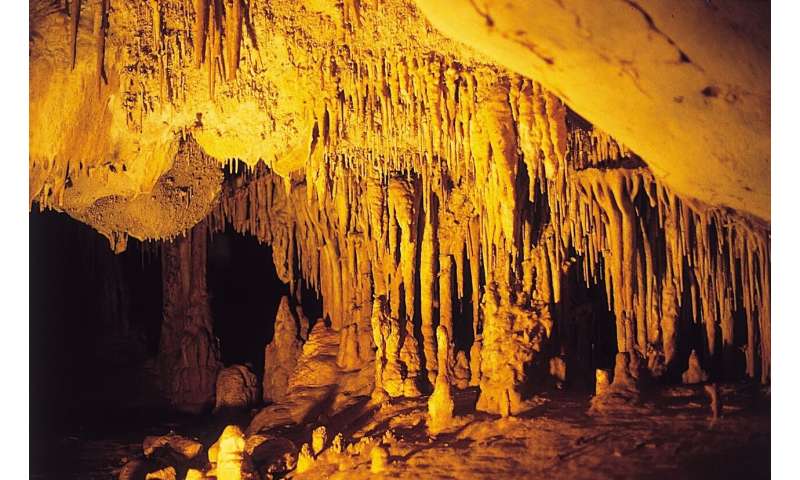
Inner chamber of Es Càrritx cave. © ASOME-Universitat Autònoma de Barcelona.
The authors used Ultra-High Performance Liquid Chromatography and High Resolution Mass Spectroscopy to test for the presence of the alkaloids atropine, scopolamine, and ephedrine. Atropine and scopolamine are naturally found in the nightshade plant family, and can induce delirium, hallucinations, and altered sensory perception. Ephedrine is a stimulant derived from certain species of shrubs and pines, which can increase excitement, alertness, and physical activity. The authors detected scopolamine, ephedrine and atropine in three replicated hair samples.
The authors suggest that the presence of these alkaloids may have been due to consumption of some nightshade plants, such as mandrake (Mandragora autumnalis), henbane (Hyoscyamus albus) or thorn apple (Datura stramonium), and joint pine (Ephedra fragilis). The authors suggest that these drug plants may have been used as part of ritual ceremonies performed by a shaman.
The concentric circles on the wooden containers may have depicted eyes and could have been a metaphor for inner vision related to a drug-induced altered state of consciousness. Due to cultural changes around 2,800 years ago, the authors speculate that the wooden containers were sealed in the cave chamber in order to preserve these ancient traditions.
More information:
Elisa Guerra-Doce, Direct evidence of the use of multiple drugs in Bronze Age Menorca (Western Mediterranean) from human hair analysis, Scientific Reports (2023). DOI: 10.1038/s41598-023-31064-2. www.nature.com/articles/s41598-023-31064-2
Provided by
Nature Publishing Group
Citation:
Evidence of drug use during Bronze Age ceremonies (2023, April 6)
